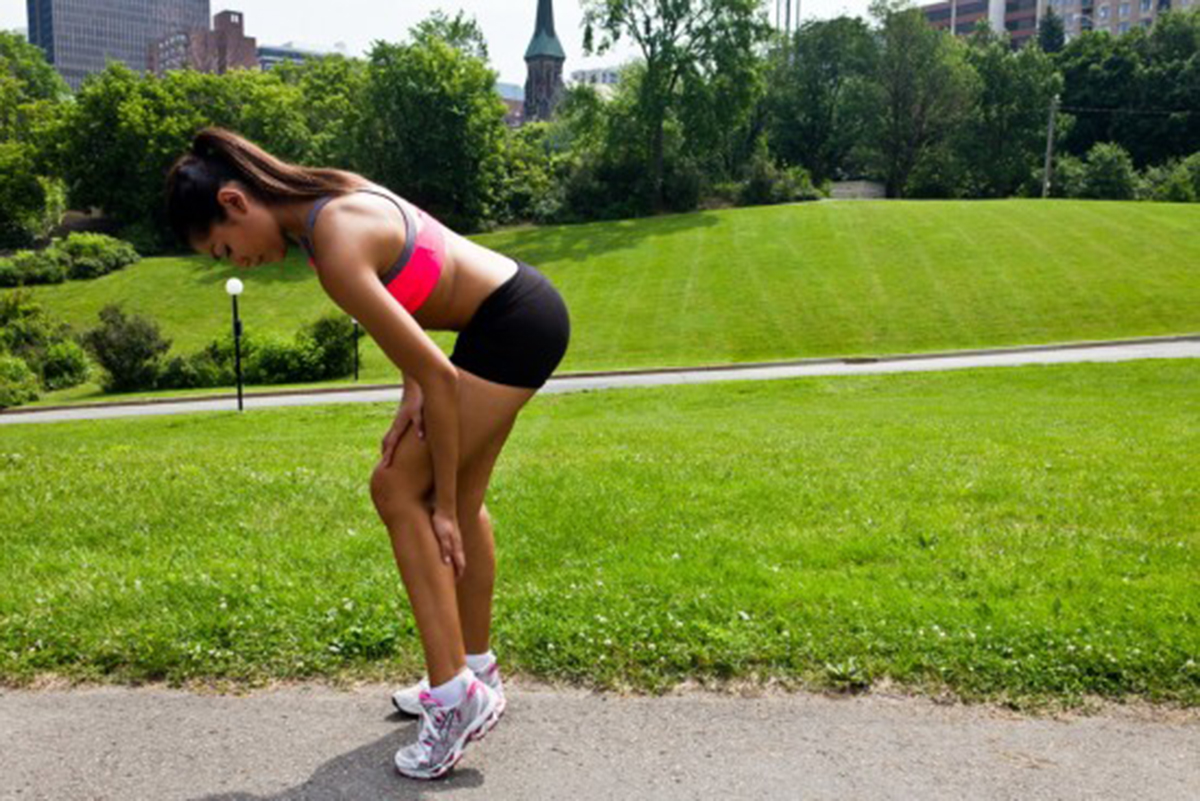Table of Contents
They say “no pain, no gain” but that phrase can be difficult to stomach when you’re struggling to walk down the stairs the day after a hard leg workout, or wince every time you sit down on the toilet following a new running PB.

There’s no doubt that when you are training hard, pushing yourself to your physical and mental limits, and getting results, you’re going to experience some discomfort from time to time – that’s just part and parcel of working out, and you'll probably welcome that post-workout burn, at least to some extent. But trouble arises when this soreness stops you from completing your next session, or interferes with your everyday life.
Aside from simply “sucking it up” there are ways you can still train hard, make progress and not get sore. Plus, when soreness does strike, it’s vital you have the tools at hand to deal with it. So here goes….
1. Take a Walk
Much of the soreness and pain you experience after a grueling workout can often come from tight muscles, and chemical waste products left over from exercising. By completing some form of light workout, you flush blood through your muscle cells, which warms and loosens them and starts to flush the waste products out.
Walking is an easy way to do this, but a light bike ride, swim, or even something like a yoga or pilates class works too. Take your pick. Whatever you do, don't sit on the couch and wait for the pain to subside, though.
2. Foam Rolling
A foam roller is a cylindrical tube made of foam. You can get them in varying lengths and densities, but the idea behind them is to get rid of knots and adhesions in the muscle cells.
To use a roller, place it on the floor, put the body part your targeting on top of it and roll along the length of the muscle, applying as much pressure as needed by pressing down with your body weight.
3. Sports Massage
As if you needed any excuse for a massage. Perhaps surprisingly, massage can be an incredibly effective way to relieve soreness. Massage works in a number of ways, but its main roles are similar to active recovery and foam rolling combined.
The pressure the masseur applies helps to get rid of muscle tightness, while you also push blood and lymph through your body to speed up the recovery process. Plus, it's enjoyable to get a massage, and it's a good way to reward yourself for your hard work.
4. Ice
Ice is key in preventing swelling and inflammation. Part of the reason you experience muscle soreness after training is because the muscle tissue has become inflamed after working it hard. Ice works to constrict the blood vessels around your muscles, and reduces inflammation and swelling.
Read More: Sore Muscles? Follow These Simple Tricks
5. Contrast Showers
Forget hot showers.
Actually, don’t forget them, just combine them with ultra cold showers. You’ll often see athletes and sports teams standing under a hot shower for 30 seconds, then jumping in a plunge pool for 30 seconds, which is a highly efficient way for improving recovery and reducing soreness. Rather than install a plunge pool in your bathroom though, try a contrast shower.
Repeat this for five to 10 minutes. You may also wish to ease yourself in with a couple of minutes of warm water to start, and the same at the end too.
- Delayed Onset Muscle Soreness (DOMS), William Braun, Ph.D., and Gary Sforzo, Ph.D, 2011
- www.acsm.org/docs/brochures/delayed-onset-muscle-soreness-(doms).pdf
- Photo by shutterstock.com
- Photo courtesy of Diaaphoto by Flickr : www.flickr.com/photos/21394878@N04/4378107575/


Your thoughts on this